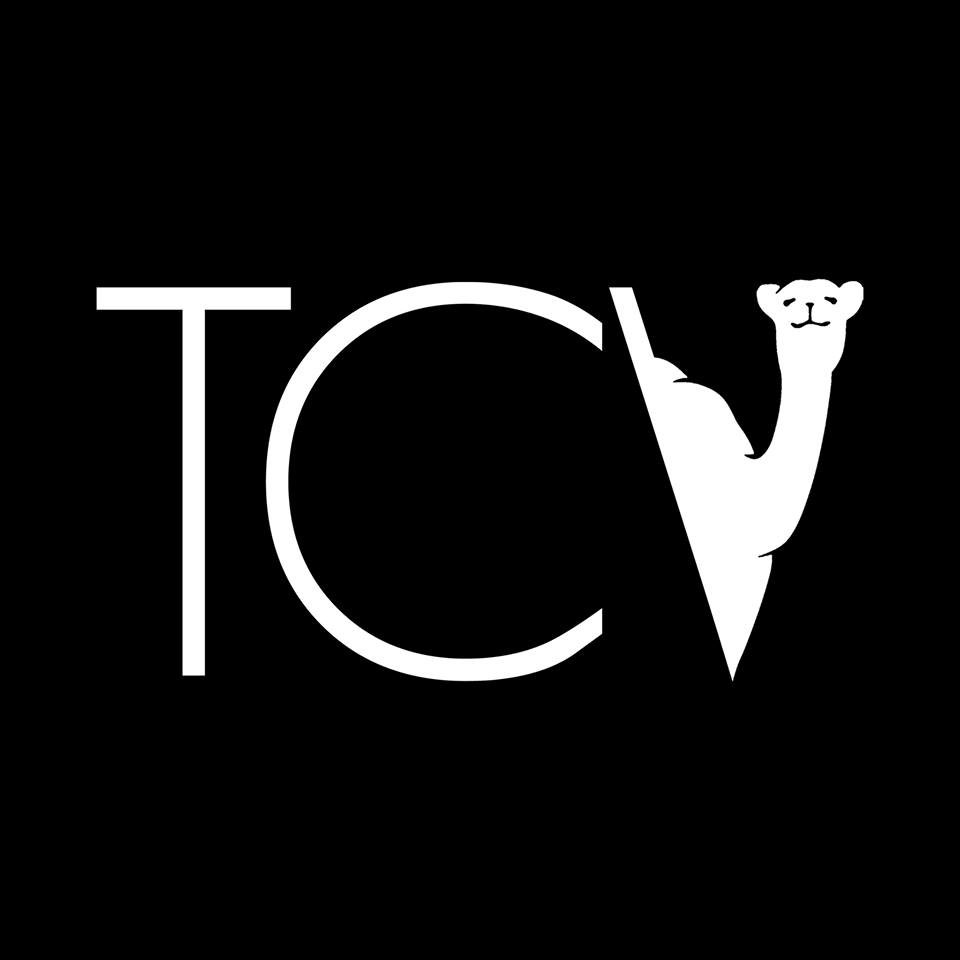Last Wednesday, I attended the CCSRE’s X Anniversary Critical Conversations event. I sat at a table that was meant to discuss “Teaching, Learning, and Classroom Life.” The main question that our group tackled is the same as the subject of our Spring 2015 controversy at the College–the student/faculty power dynamic in an institution of higher learning.
One of the tensions central to our critical conversation was the following: what constitutes learning? What are the politics of learning in cases where students and faculty members might disagree ideologically, politically, morally, ethically? Must the expertise of the instructor always bring students around, or can there be ways that instructors teach critical thinking but still allow the students to have their own opinions? In which cases should the former prevail, and in which cases the latter? Is learning at Connecticut College, in other words, premised on a shared moral compass and sense of truth, and if so, how might room be made for productive intellectual disagreements?
I think answers to this question are not as straightforward as we might think. For example, most of us might think that it is imperative that any student who believes in scientific racism, biological sexism, etc, should be schooled out of such views in their classes. No dissent can be permitted on the matter.
At the same time, we might think that other kinds of discriminatory thinking do not merit the same heavy-handed approach. We might think that not all students who take a course on terrorism in the Islamic world, for instance, need to agree that Islam does not produce terror.
In some cases, then, dissent between students and their instructors is an obvious sign of failed learning, while in other cases dissent is “intellectual,” productive and thus permissible. Oftentimes it is the boundary of the permissible that is being debated in debates about free speech in the classroom, student/faculty power relations, etc.
Of course the easy way out is to say that those kinds of disagreements that are “informed” or methodologically sound are permissible, but this measure does not hold water when “sound methodology” itself remains contested within and amongst the disciplines. Ultimately, what the answer comes down to is politics, and this is why a real mission statement is a crucial document. It is the document that provides the guiding principles by which certain learning goals are prioritized, criterion for sound intellectual inquiry are established, certain intellectual endeavors are privileged over others and contours of permissible dissent are marked.
If the College adopts a mission statement that explicitly claims to be against anti-immigrant racism and xenophobia, for example, we then know something about which kinds of speech are freely permitted and encouraged. We would know which kinds would violate or fall short of the intellectual and moral expectations of the College and thus would have to be “schooled out of” students and even employees.
It is the absence of such a clear mission statement that renders our intellectual “community” fictional.
This absence also results in the lack of a social code of conduct. This is one of the big challenges that the bias protocol committee faces as we continue to await its recommendations. The committee was put together in the Spring of 2015 and is yet to release a new bias protocol. Meanwhile, there seems to be no clear new interim bias protocol, no new way to address student/faculty bias and no expanded definition of “bias” in light of Spring 2015.
Since defining bias requires defining a shared standard of acceptable speech and behavior, it makes sense why the College is struggling so much with the task. In the absence of a politically nuanced understanding of bias and discrimination, the bias reporting form reveals that the “biases” at Conn are (still) defined as identity-based injuries, precluding the possibility of there existing other kinds of discriminatory behavior.
The bias reporting form is set up as the first step of a criminal procedure in which interpersonal discriminatory “crimes” are addressed. Thus we continue to be stuck with a corporate “conflict resolution” model of addressing discrimination, in which terms like “investigation” and “mediation” are used to understand anti-bias work. There is no venue from which to address biases that do not arise from personal identities, that are not targeted at an individual but at any larger group, and biases that are politically motivated in other ways than interpersonal injury.
As the academic year comes to a close, I am left with the impression that no number of critical conversations can substitute for the very important work that a mission statement could do. It would allow for clear understandings of hate speech, free speech, bias, learning, expertise, dissent and many other things. It is great that the College stands by “the principles of justice, impartiality, and fairness – the foundations for equity” – but it might be worthwhile if we define justice and understand that justice might lead to particular kinds of partialities in the service of equity. •









